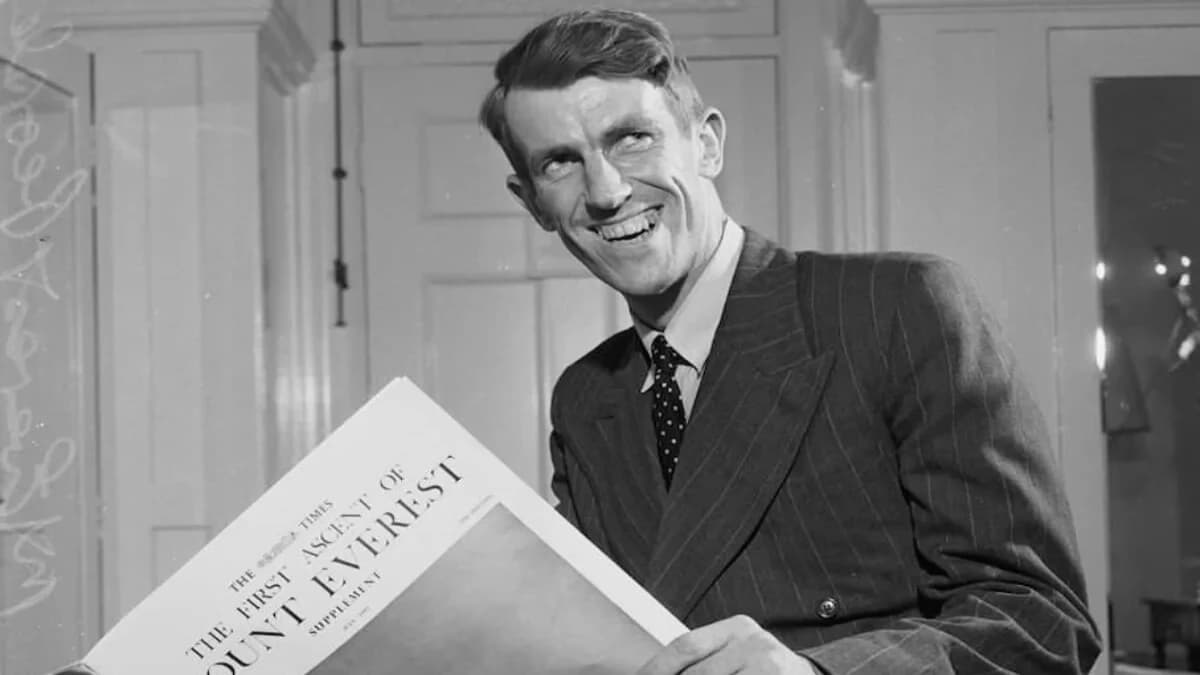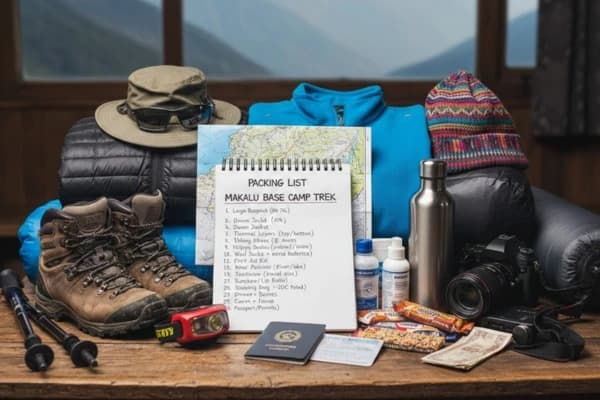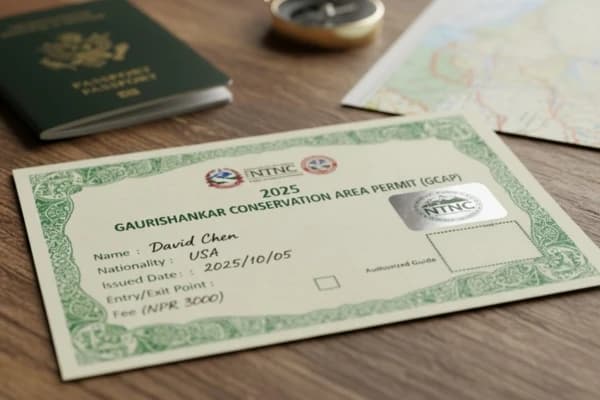Sir Edmund Hillary is a name known widely by many people around the world as the first person to conquer Mount Everest. Together with Tenzing Norgay, he summited Mount Everest in 1953. Edmund Hillary and Tenzing Norgay were part of the British Everest Expedition led by John Hunt. But due to circumstances, they were the only ones left to keep climbing Everest at the end.
Though we know Hillary as the first to reach Mount Everest, he is also known for his lifelong humanitarian work in Nepal. After his climb, he was inspired by the hardships Sherpas and Himalayan villagers faced and went on to establish the Himalayan Trust to support sustainable development in Nepal.
Sir Edmund Hillary has made significant contributions to improving education, healthcare, and infrastructure in Himalayan communities. Let us look at what made him who he is today, in the modern climbing period.
Sir Edmund Hillary: Early Life and Passion for Mountaineering
Sir Edmund Hillary was born in Auckland in 1919 and grew up to be a New Zealand mountaineer. His early life included beekeeping and exploring throughout the grounds of New Zealand mountains, which helped him develop independence and strength.
Inspired by books and the exploration of local mountain guides, he became a frequent mountain climber. Drawn to New Zealand's rugged Southern Alps, he sharpened his climbing skills over many expeditions. Hillary was known for his quiet determination, physical endurance, and methodical approach, qualities that would later help him conquer the world’s highest peak.
Walk where history was made.
Trek with Nepal Gateway Trekking and relive the journey of Edmund Hillary.
The 1953 Everest Expedition: First Successful Summit
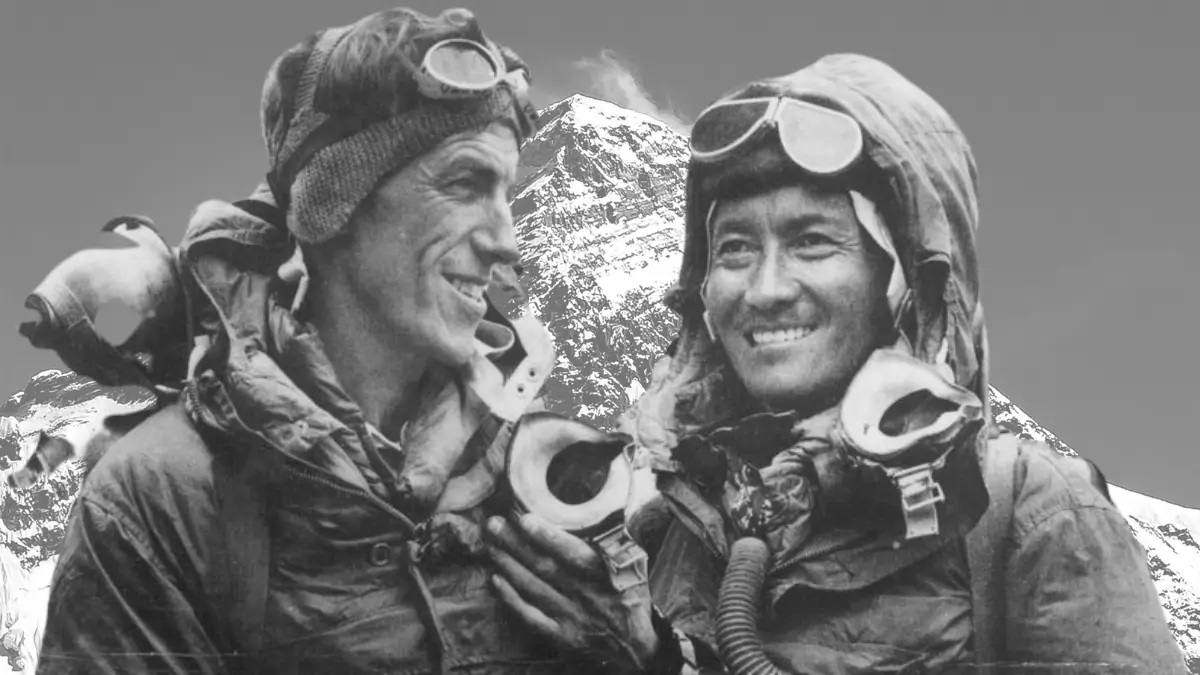
Hillary joined the British Expedition of 1953, which was led by John Hunt. It was a massive expedition unlike others to climb the Mount Everest. After weeks of climbing and establishing camps on high mountains, only Hillary and Tenzing Norgay were selected as the final summit team.
Both of them continued the ascent, overcoming treacherous sections like the Khumbu Icefall and the steep steps right before the summit, which in today's day is called the Hillary Step. A tribute to them for overcoming the challenges of those brutal conditions and sub-zero temperatures.
On May 29, 1953, they finally reached the summit at 11:30 am, where Sir Edmund Hillary clicked the famous photo of Tenzing Norgay at the summit of Mount Everest. They stayed at the summit for 15 minutes before their descent. This marked a monumental achievement in mountaineering history as they made headlines across the globe.
Partnership with Tenzing Norgay
The partnership between Hillary and Tenzing could not be praised more, as they respected each other deeply. Hillary brought his expertise in technical climbing and unmatched focus, whereas Tenzing Norgay brought his in-depth knowledge of the Himalayas and the routes within.
After descending Everest, both of them downplayed their own personal credit and chose to celebrate the success of the climb as a joint accomplishment. With this on every headline of almost all newspapers, their teamwork became a role model for international cooperation and aspiration for others.
Challenges and Triumphs of the Climb
Climbing Everest in 1953 meant doing so using the most basic gear, with little to no information on the mountain terrain, and facing extreme physical danger. The expedition team had to navigate through crevasses, untimely avalanches, and icefalls a lot.
At the time, there was no help for any mishaps except for themselves. Even then, both Hillary and Tenzing pushed themselves with sheer determination and willpower to reach the summit in those drastic times.
Global Impact of the Achievement
News of Hillary and Tenzing’s success spread rapidly, sparking celebrations around the globe. For Britain, it was a symbolic victory during the post-war recovery period. As for Nepal, it opened the doors to the whole world for tourism and mountain climbing, which in turn helped in the development of the Himalayas.
Following this astonishing triumph, Hillary became a household celebrity, known for both his bravery and his humility. His achievement inspired subsequent generations to explore the unknown.
Walk the trail of legends.
Inspired by Edmund Hillary? Join Everest Base Camp trek and experience the iconic journey yourself.
Humanitarian Work: Transforming Lives in Nepal
During his trips, Hillary witnessed directly the challenges of Himalayan villages. He was extremely moved by their hardships and efforts, so he vowed to assist them as much as possible.
He returned, not as a climber, but as a humanitarian. He made a difference in people's lives in ways that few adventurers have.
Founding of the Himalayan Trust
In 1960, Sir Edmund Hillary established the Himalayan Trust, a development project aiming to uplift remote communities through education, healthcare, and infrastructure. He was a humanitarian even before this project, and with this, he cemented himself as a person with a big heart.
He worked closely with local leaders to ensure the Himalayan community could develop themselves for the better. And the project was a success, as it was built on Hillary's philosophy of service, respect, and partnership.
Schools, Hospitals, and Infrastructure Projects
The Himalayan Trust constructed more than two dozen schools under Hillary's direction, giving thousands of kids access to education. In order to meet medical requirements in isolated locations, he also assisted in the establishment of hospitals and health clinics.
Hillary didn't stop there; he went beyond what he needed to do and even built roads, bridges, and airstrips, improving transportation and connectivity. These efforts truly helped open doors to opportunity and hope for entire generations, which the people are and will always be thankful for.
Supporting the Sherpa Community’s Welfare
Hillary stayed close to the Sherpa people throughout his life. He always said he couldn’t have reached the top of Everest without them. He respected them so much and worked hard to protect their rights.
Hillary will always be known in the Sherpa communities as a helper who kept their culture alive and supported their communities by encouraging tourism and safety measures in the Himalayas.
Legacy and Influence on Modern Mountaineering and Exploration
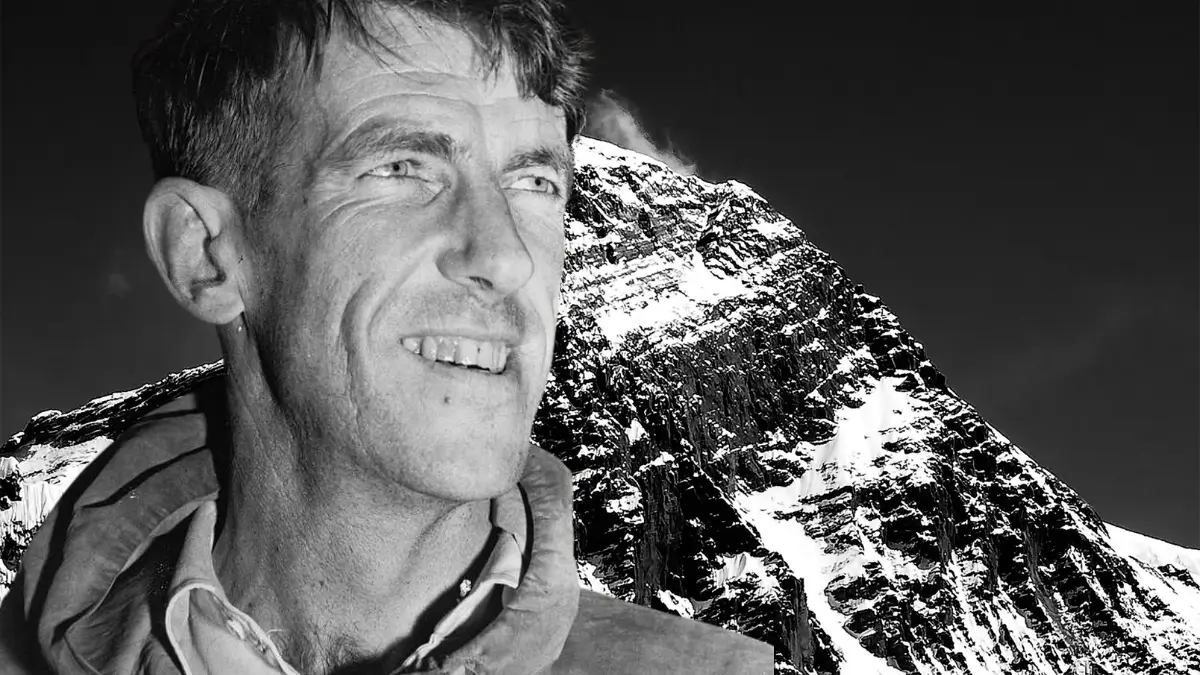
The first person to ascend Mount Everest was Sir Edmund Hillary, whose achievement changed the public's perception of explorers. But he didn't stop there; he made advantage of his fame to help others. He advocated for cultural preservation, environmental conservation, and polite and safe exploration. Future climbers learnt to explore more responsibly because of him.
Other Explorations and Achievements of Sir Edmund Hillary
After climbing Everest, Hillary didn’t stop exploring. He joined the Commonwealth Trans-Antarctic Expedition and became one of the first people to reach the South Pole by land since 1912. This made him the first person to stand at both the North and South Poles as well as the summit of Everest. He also led expeditions to places like the Ganga River in India and remote areas of Nepal and Antarctica, showing he was more than just a mountain climber.
Sir Edmund Hillary also wrote several books where he shared stories from his adventures and life lessons. His writing gave people a closer look at the mindset of a true explorer.
Hillary got several honors from all around the world and was knighted by Queen Elizabeth II for his extraordinary achievements. However, his use of his celebrity to aid others—particularly the Sherpa villages in Nepal—was what really set him apart. For the remainder of his life, he supported causes pertaining to health, education, and environmental preservation while also assisting in the construction of schools, hospitals, and bridges.
Final Years and Global Recognition
Hillary passed away on January 11, 2008, at the age of 88, leaving behind a legacy that is forever carved in the history of mountaineering. He is hailed as a national hero in New Zealand and a beloved benefactor who helped many in Nepal.
Sir Edmund Hillary's memory still lives on in the form of schools, hospitals, and statues. Many still talk about the story of how his help was detrimental to improving the lifestyle of Himalayan communities. His life was a testament to what one person, driven by humility and purpose, can achieve.
Plan your own journey to the Himalayas and walk in the footsteps of Sir Edmund Hillary. Contact Nepal Gateway Trekking for your Himalayan adventure.
FAQs
Who was Sir Edmund Hillary?
Sir Edmund Hillary was a New Zealand mountaineer and explorer, best known for being one of the first two people to reach the summit of Mount Everest along with Tenzing Norgay in 1953.
What made the partnership between Hillary and Tenzing Norgay special?
The mutual respect, complementary skills, and teamwork that they had for each other made their partnership special. It played a crucial role in overcoming the extreme hardship and challenges for the Everest climb.
How did Sir Edmund Hillary contribute to Nepal after Everest?
He founded the Himalayan Trust, which built schools, hospitals, and infrastructure to improve the lives of remote Himalayan communities.
What challenges did Hillary face during the Everest expedition?
Sir Edmund Hillary faced harsh weather, high altitude, physical exhaustion, and dangerous terrain during the climb. As there was no definitive route and they had to map out the terrain themselves, it was way more complicated than it is now.
Did Sir Edmund Hillary receive any honors for his achievements?
Yes, Hillary was knighted and received numerous awards recognizing his contributions to exploration and humanitarian work.
Are there memorials dedicated to Sir Edmund Hillary?
Several statues, museums, and memorials in New Zealand and Nepal commemorate his life and legacy.
